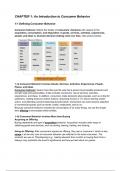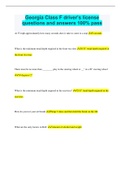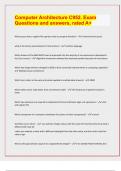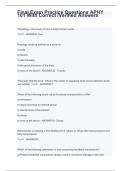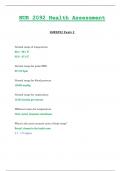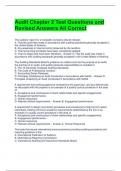Summary
Summary Pre-master Marketing Management: Consumer Behavior - chapter 1/6
- Module
- Institution
Summary of the chapters 1, 2, 3, 4, 5 and 6 (excluding appendixes) of the textbook Consumer Behavior 8th edition (ISBN : 9780357721292) for the course Pre-Master Marketing Management at Tilburg University
[Show more]
